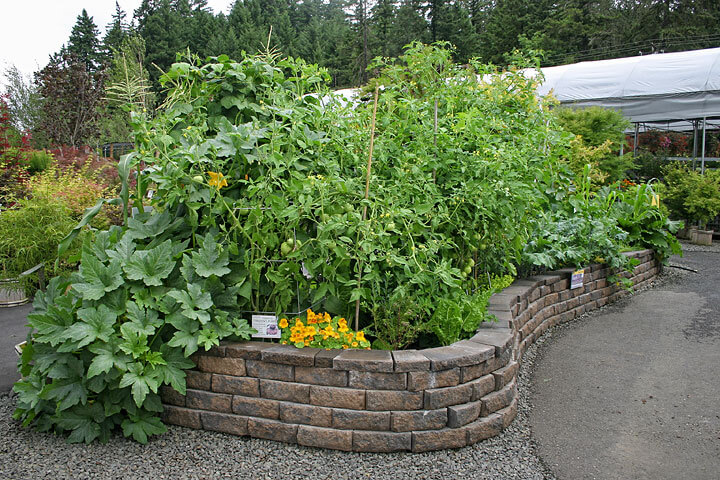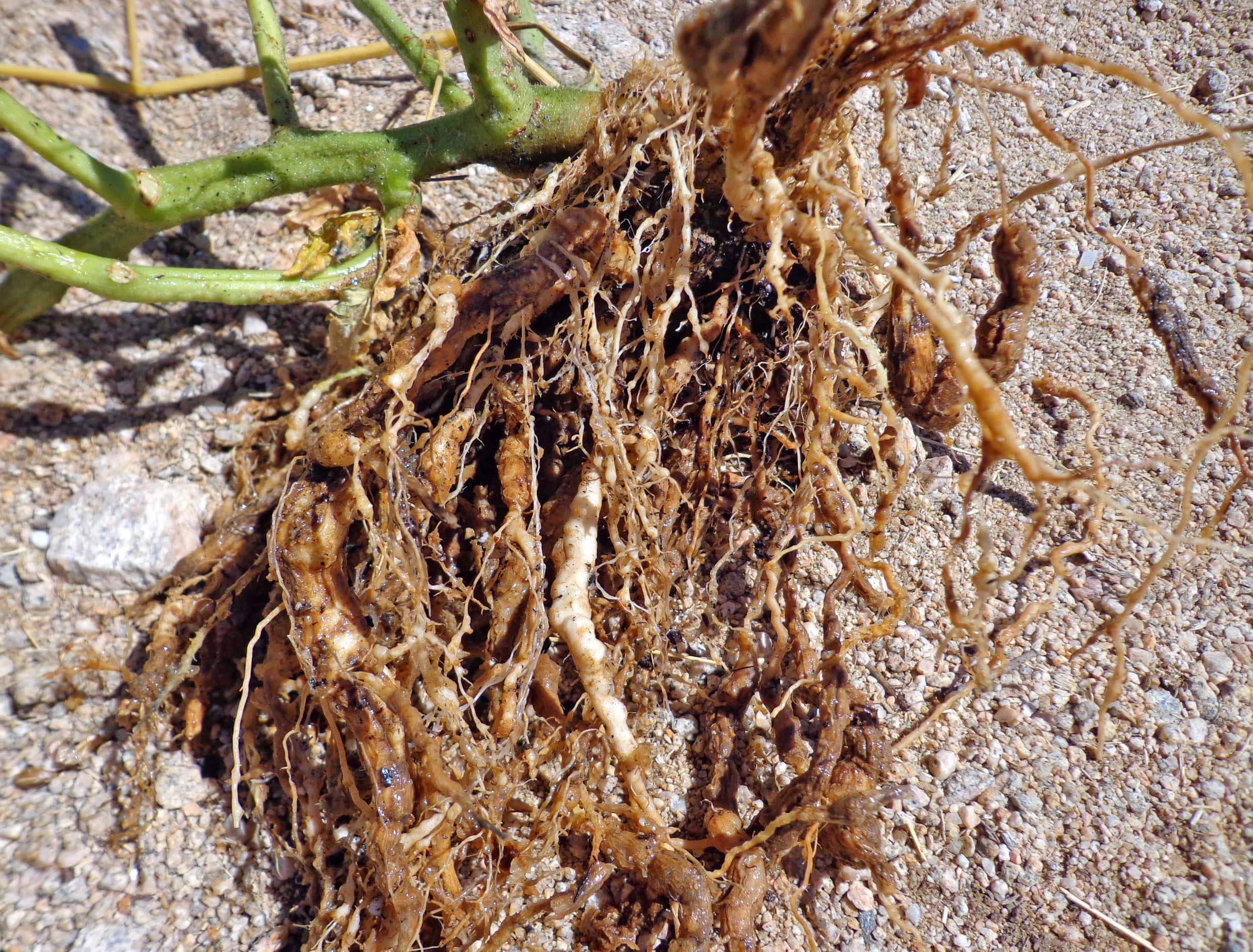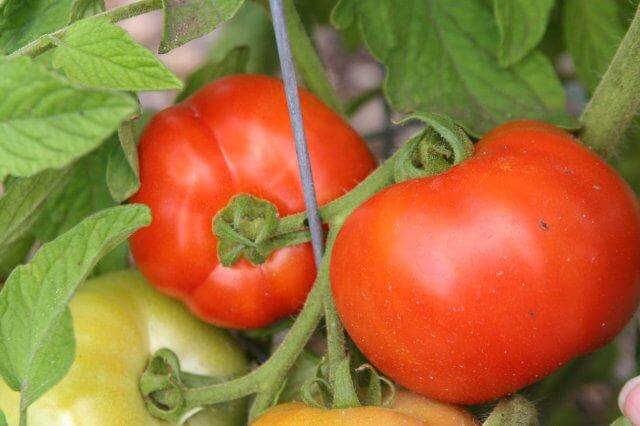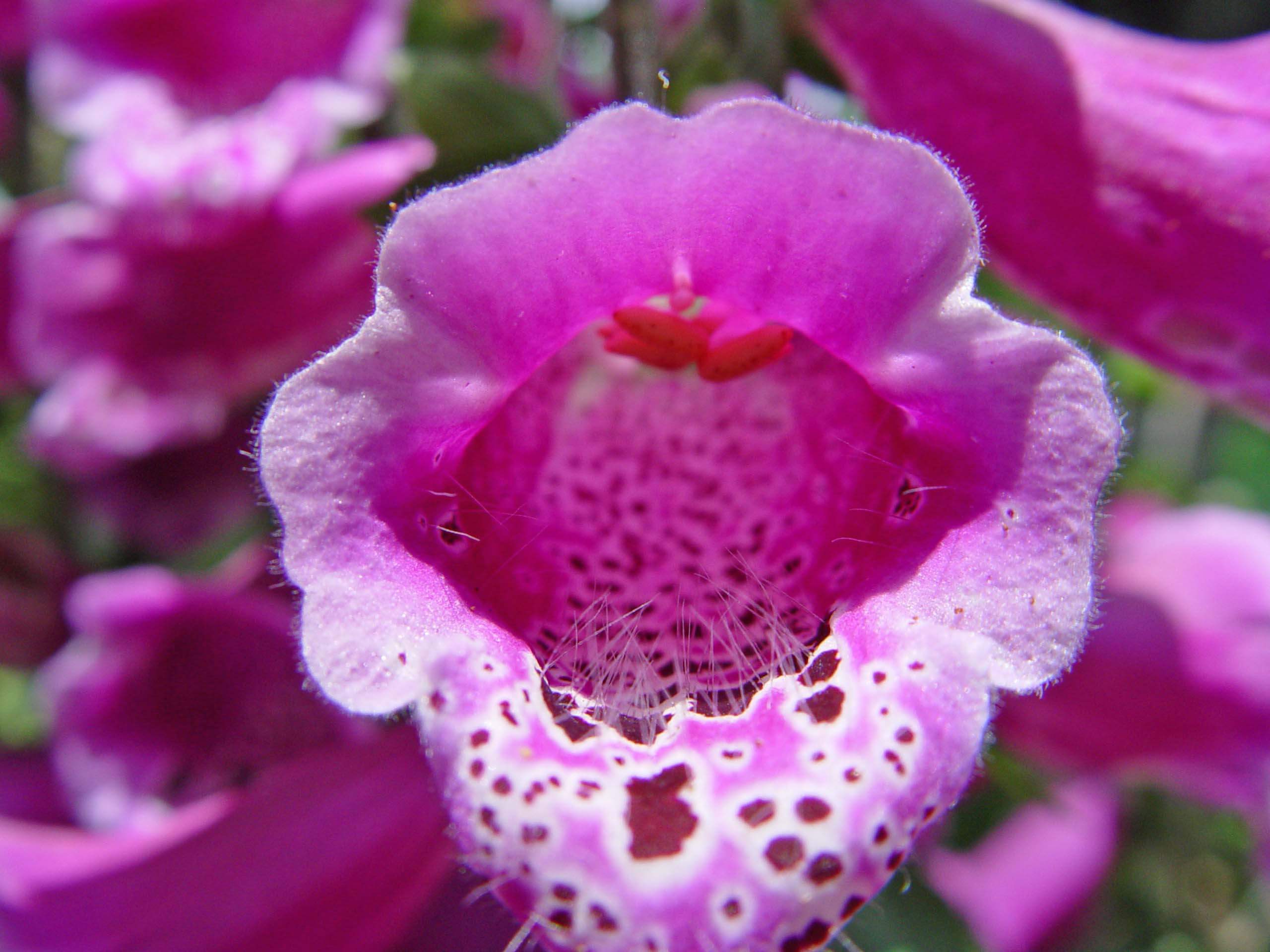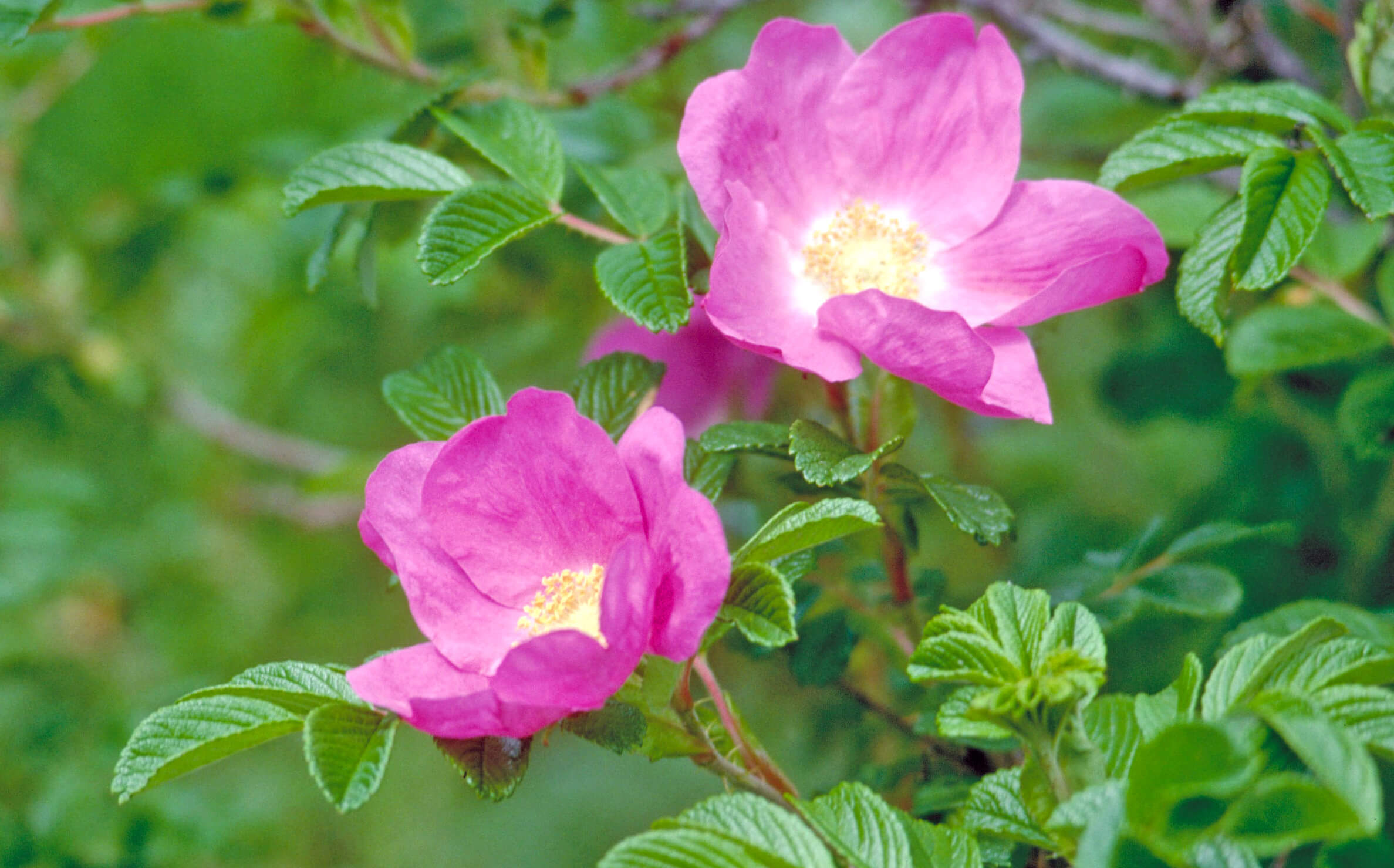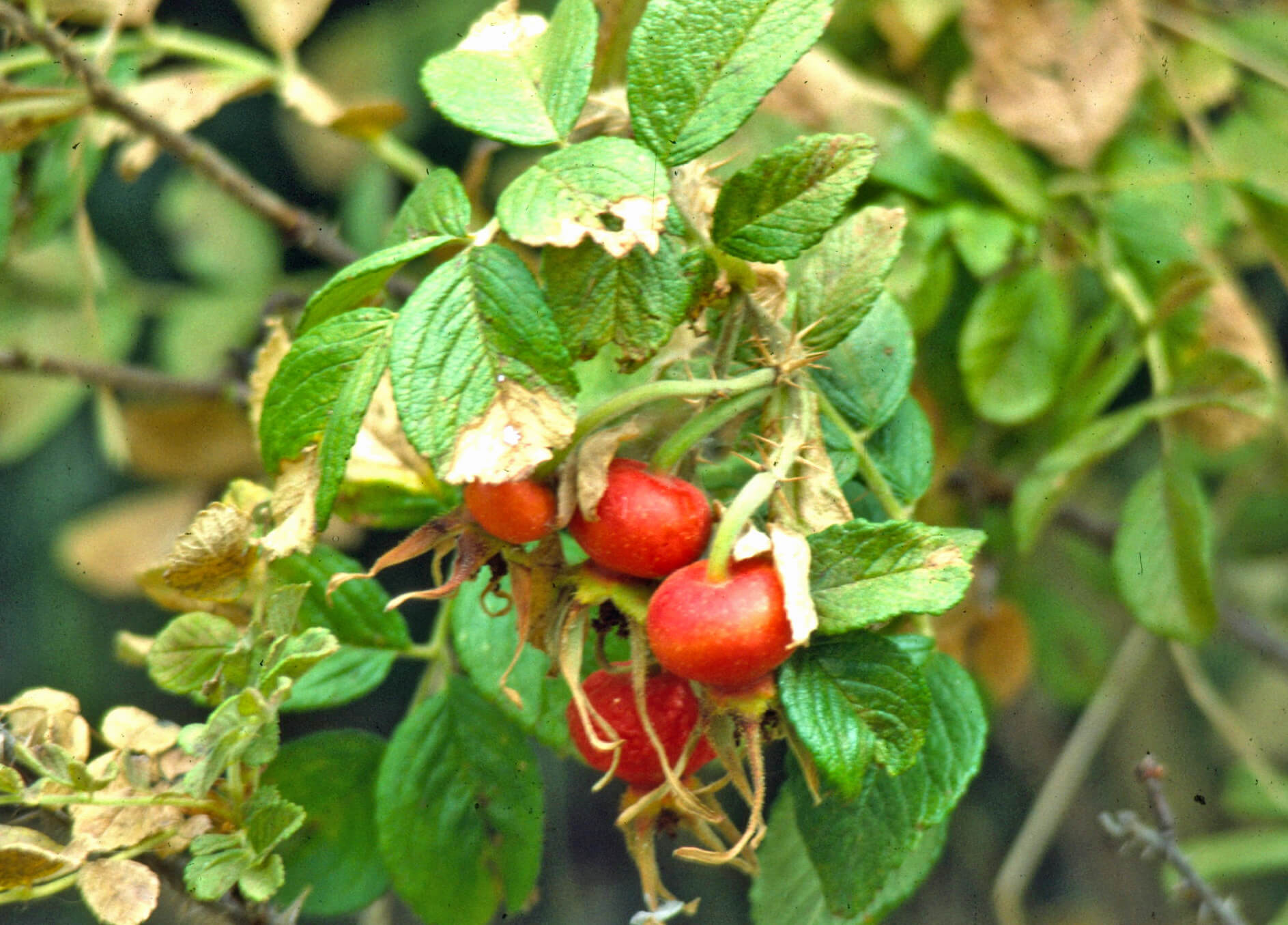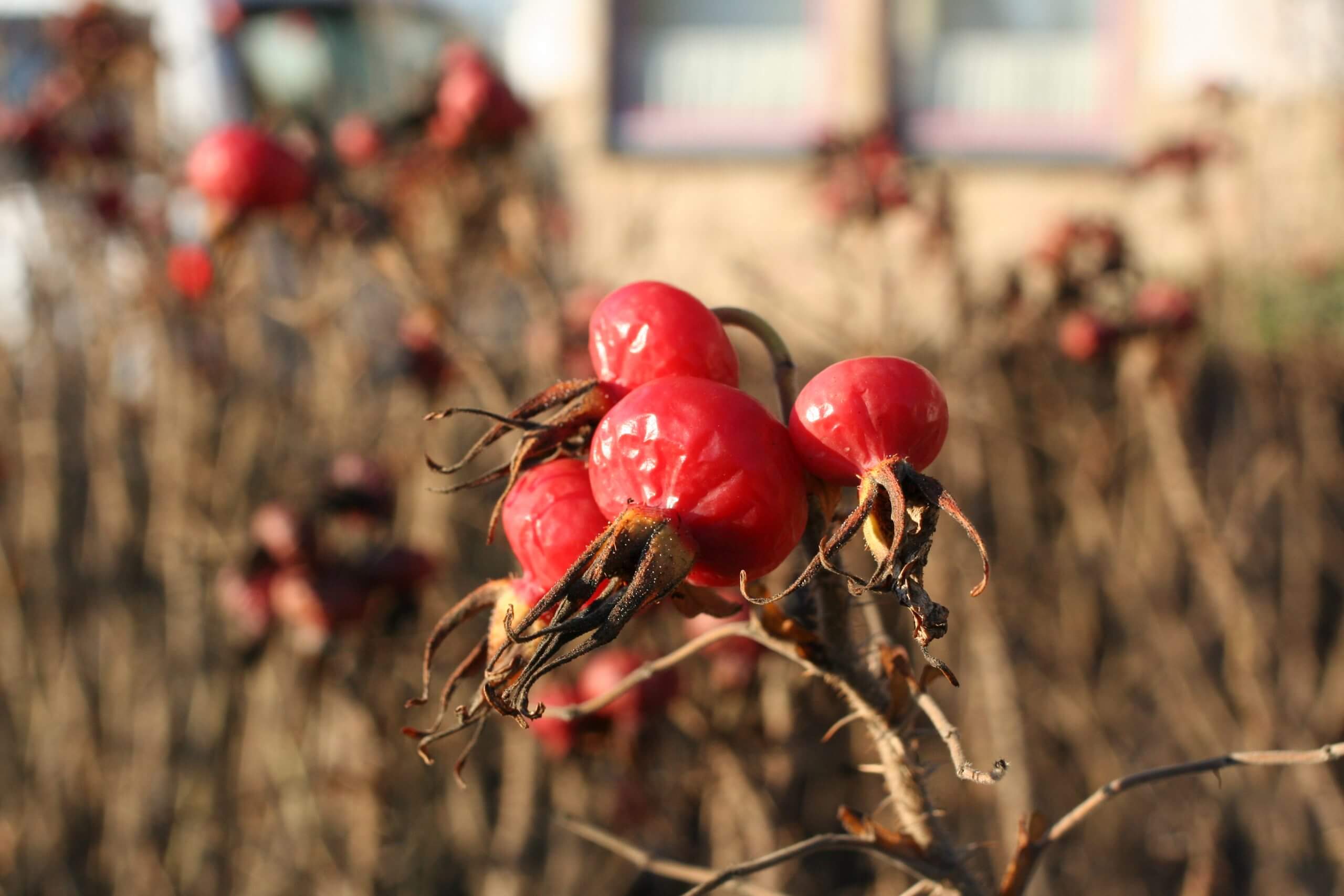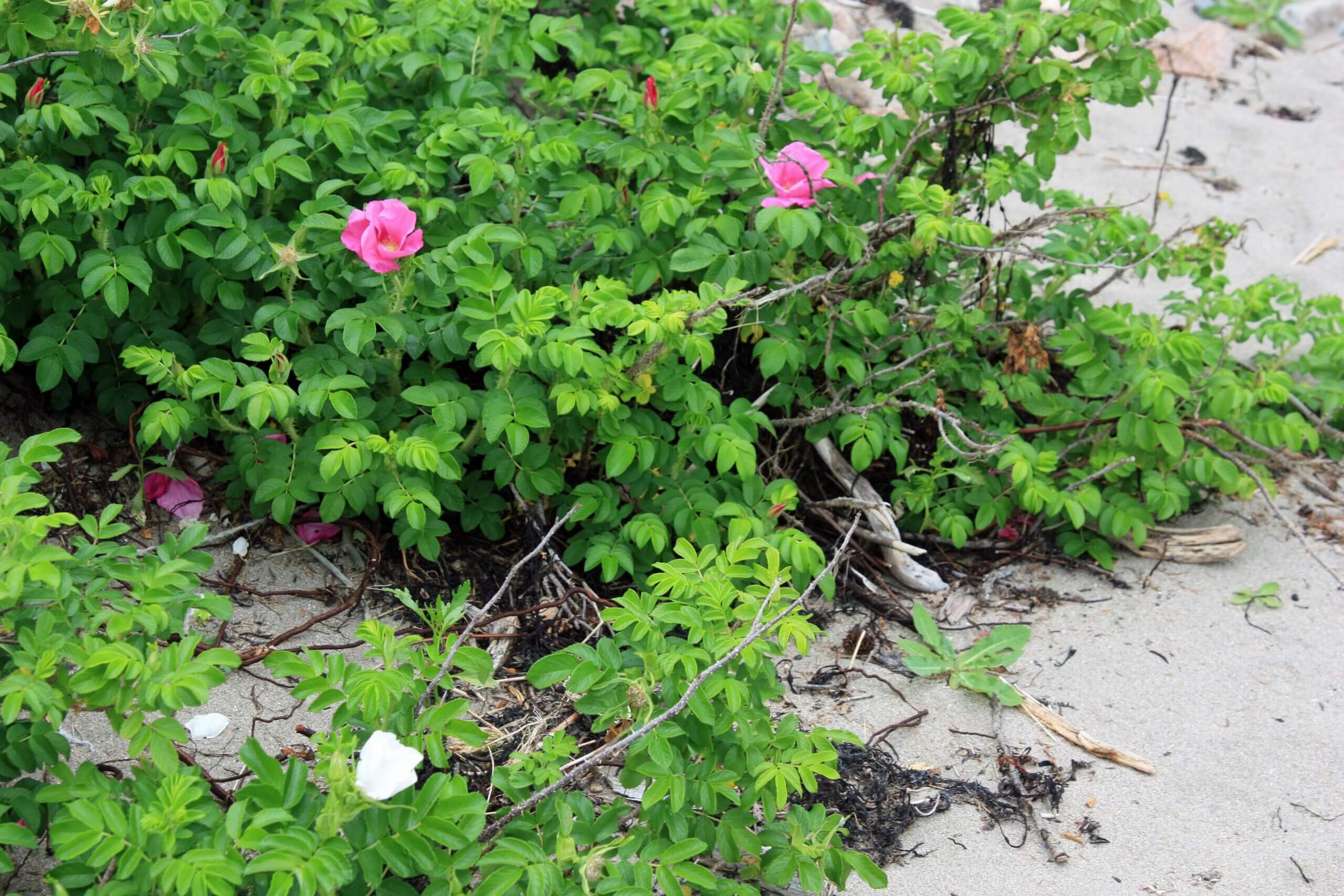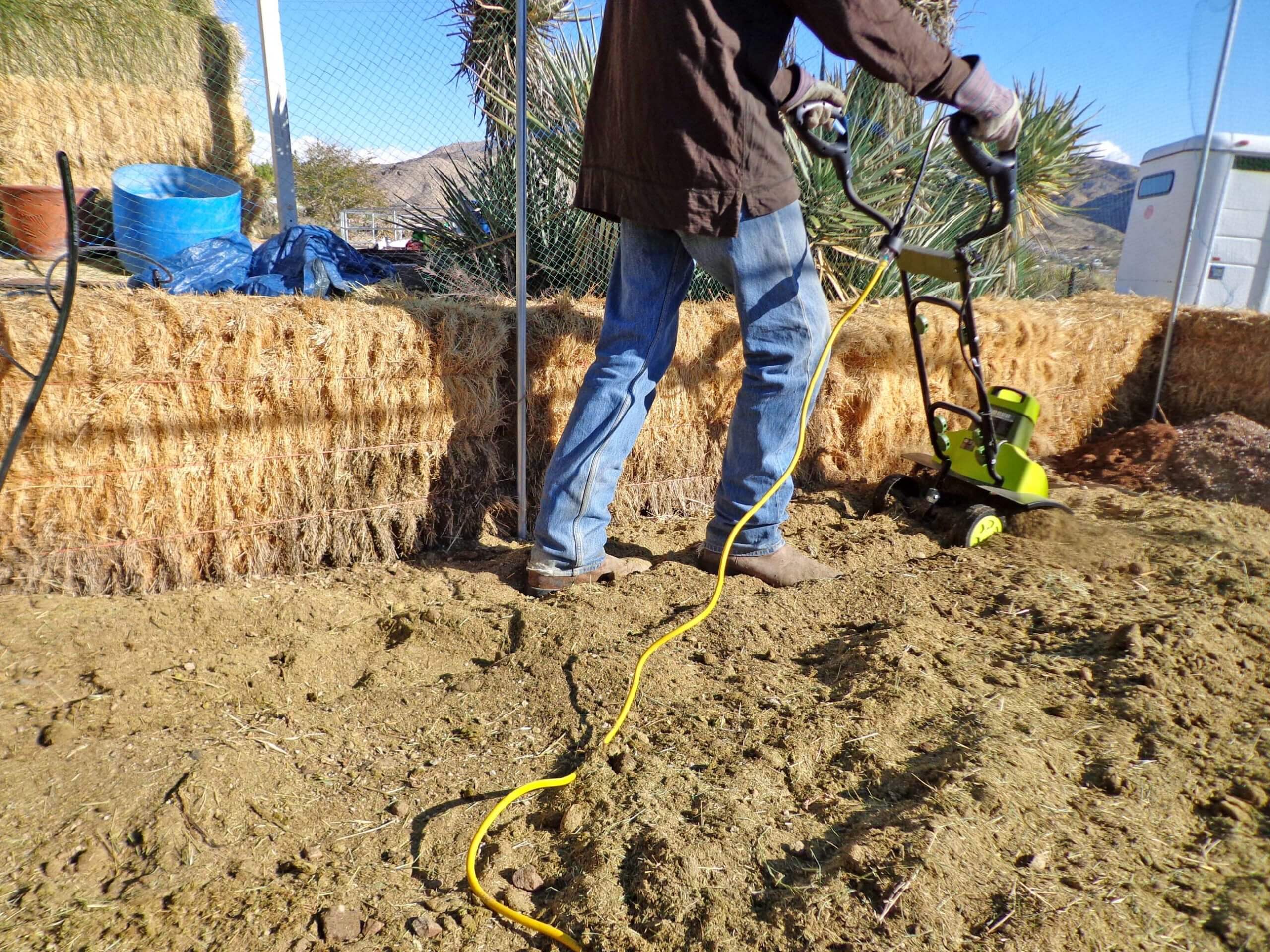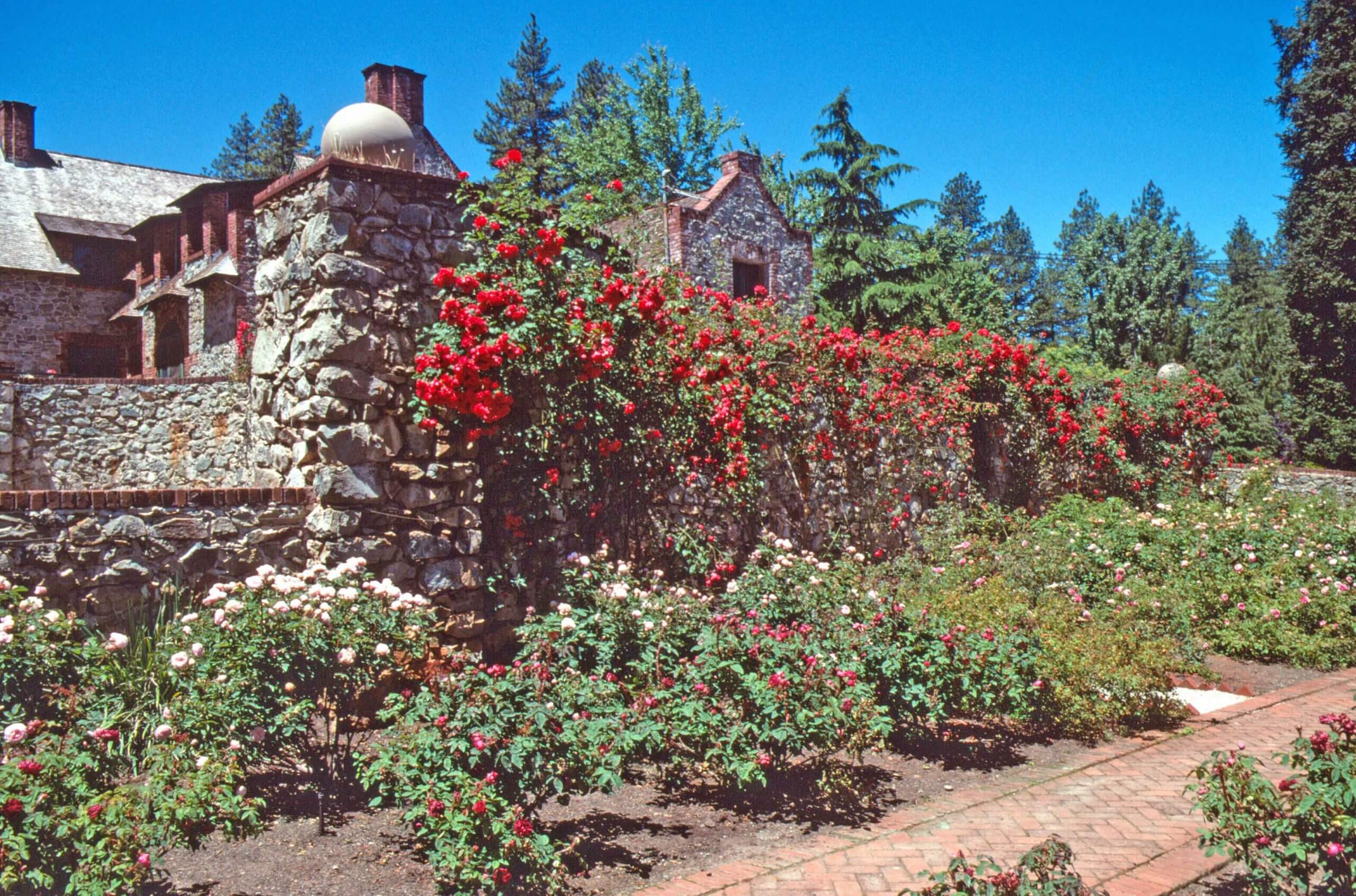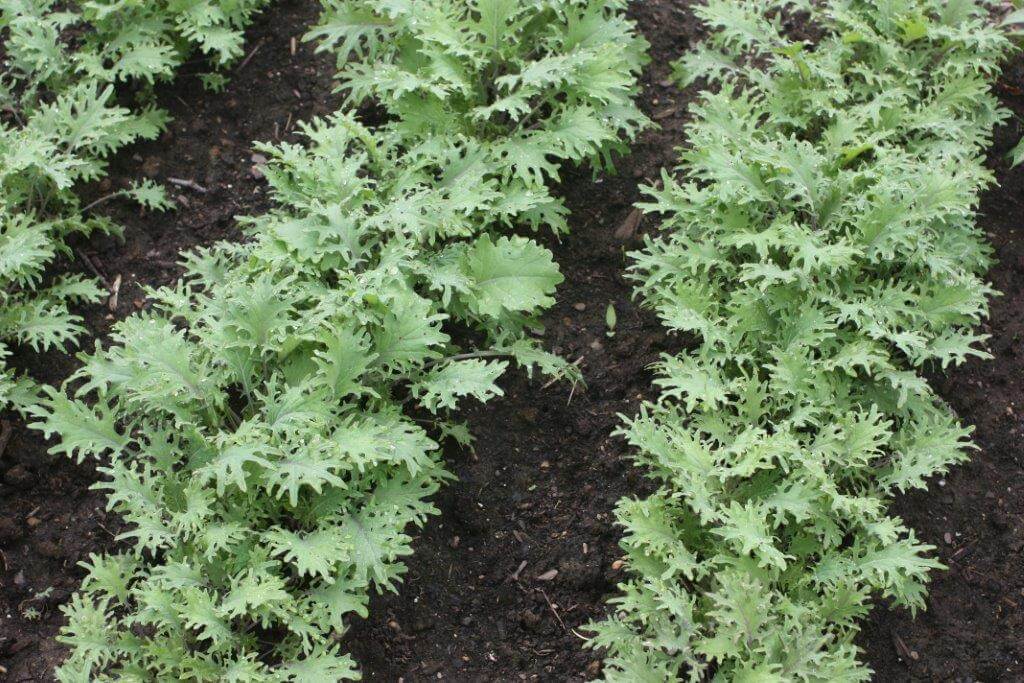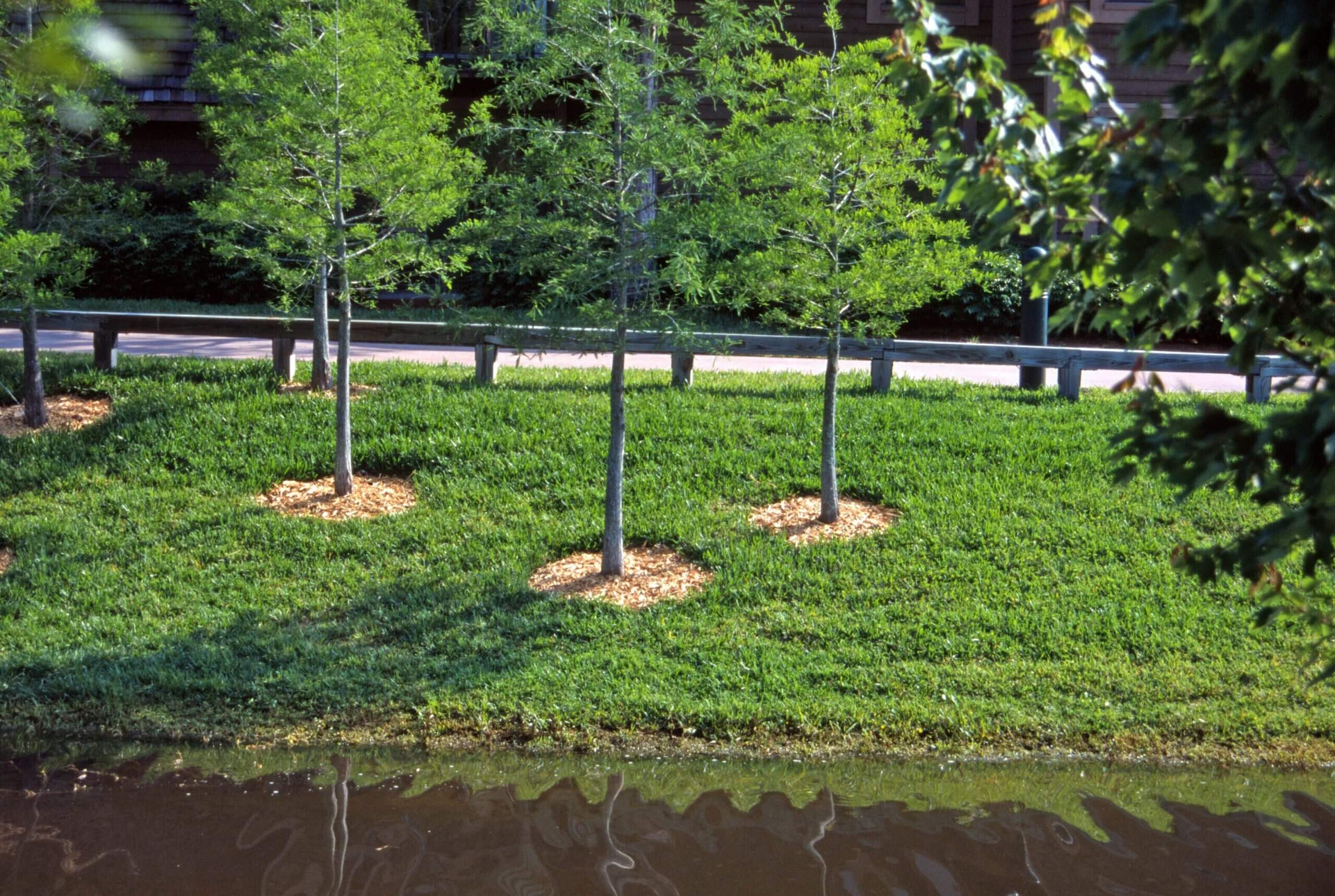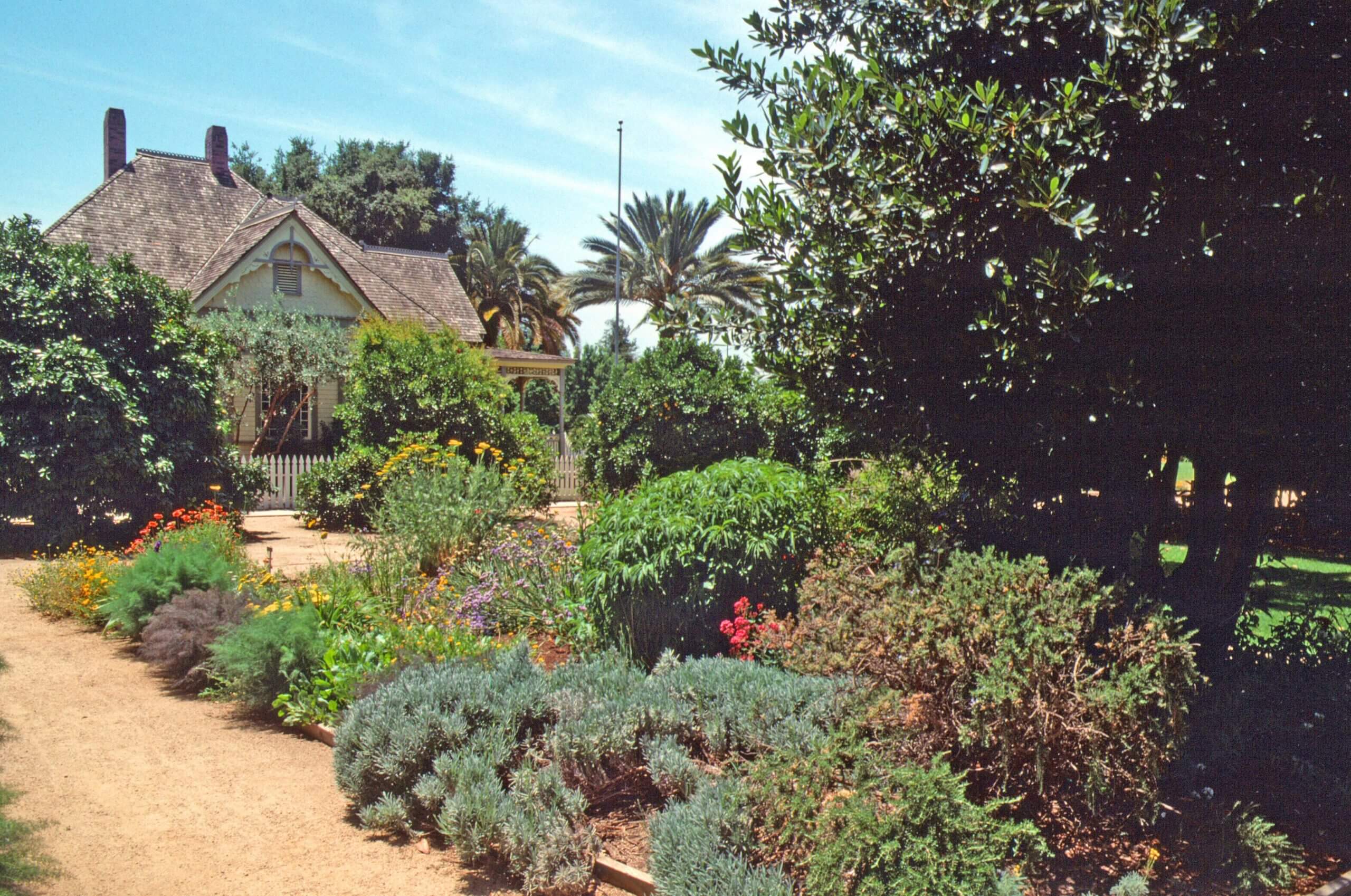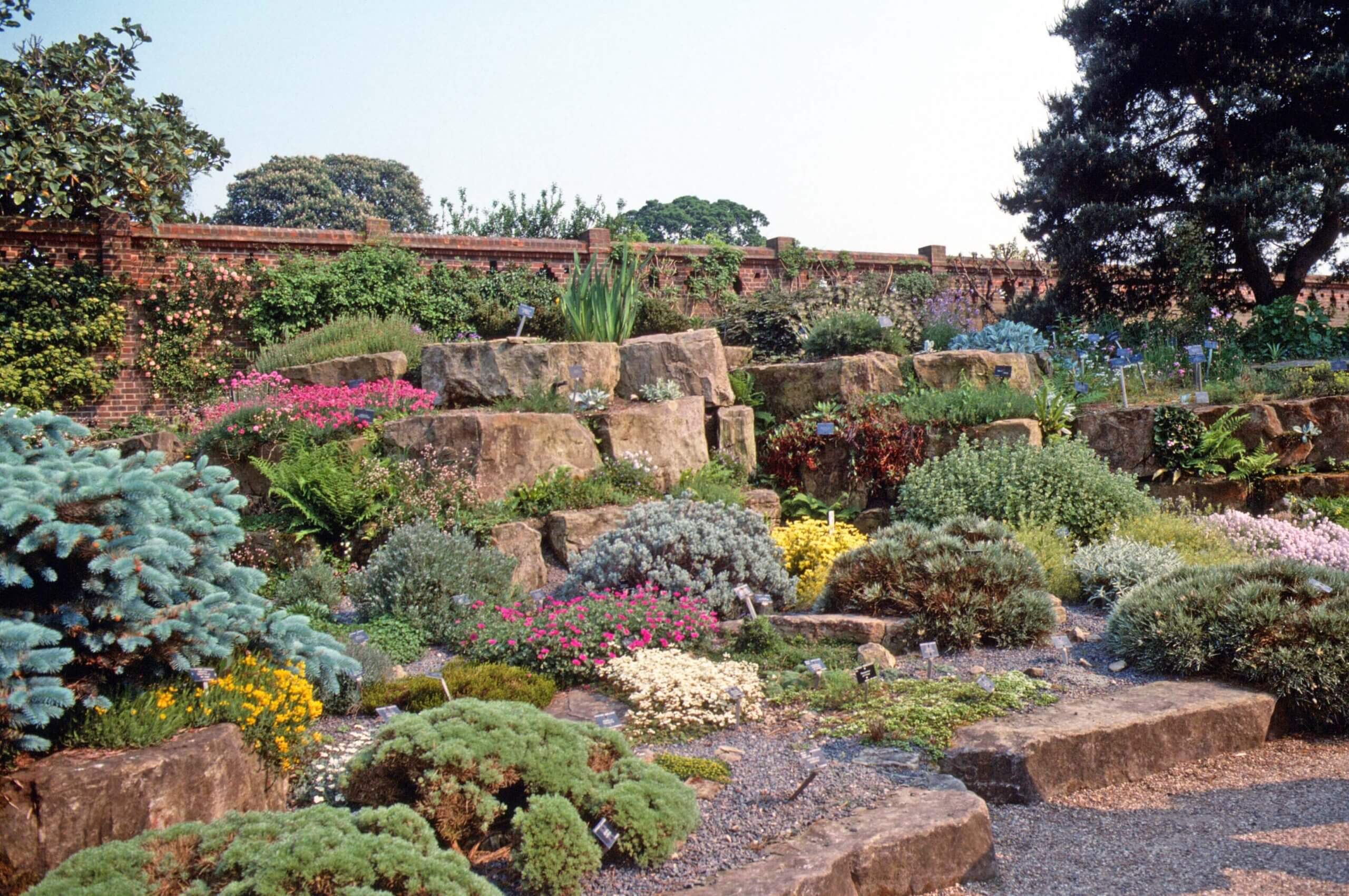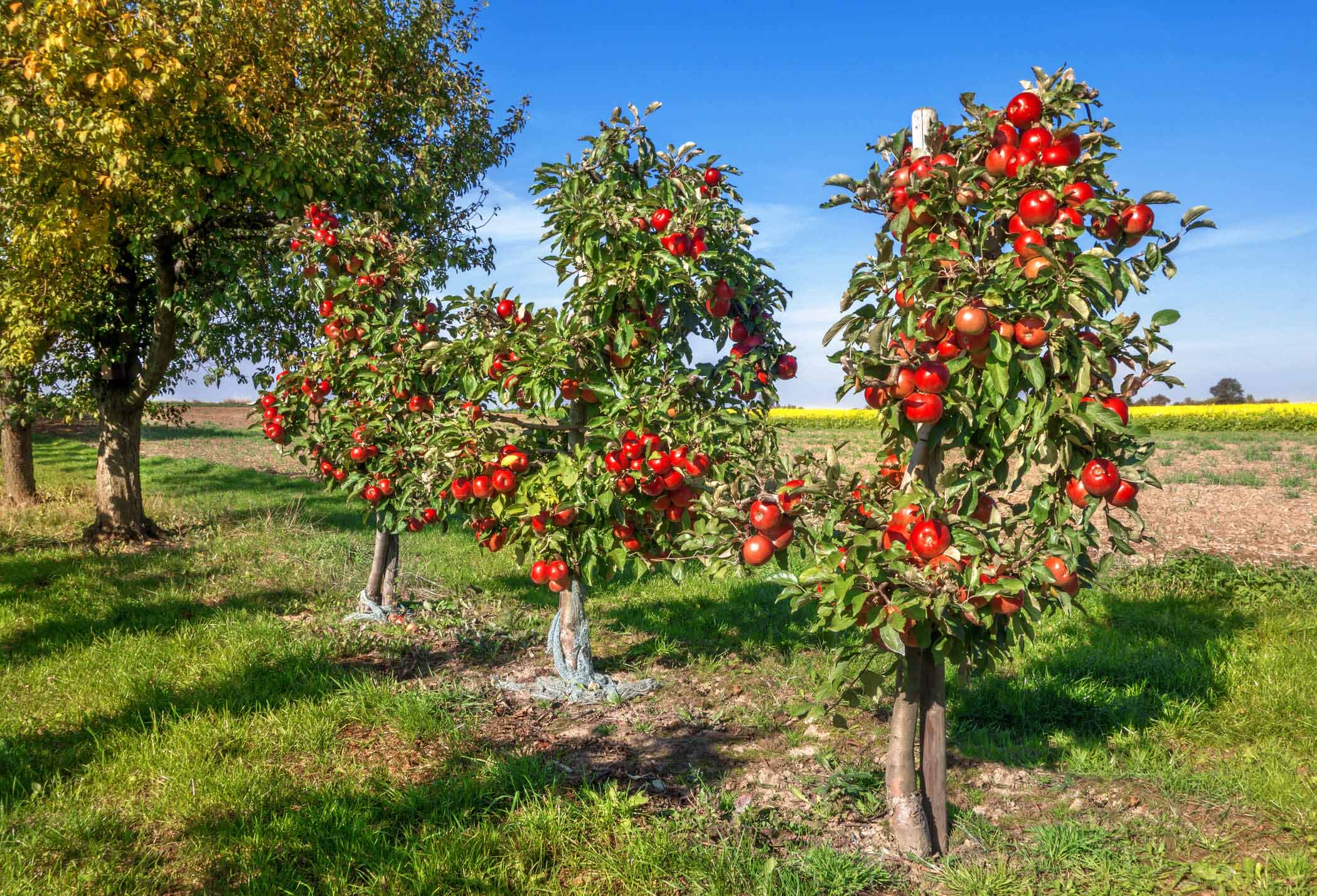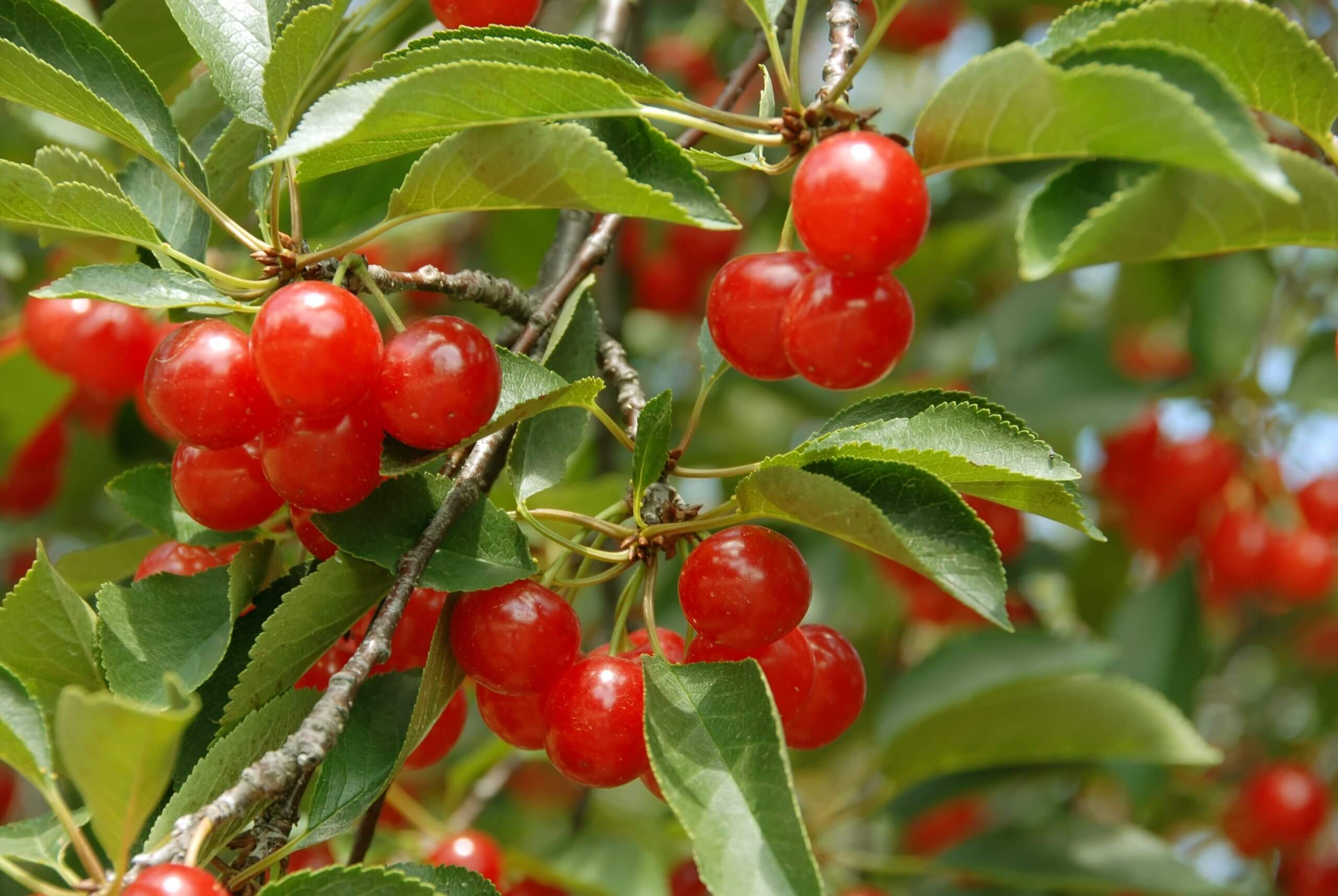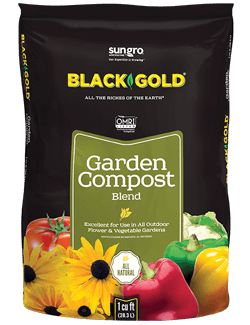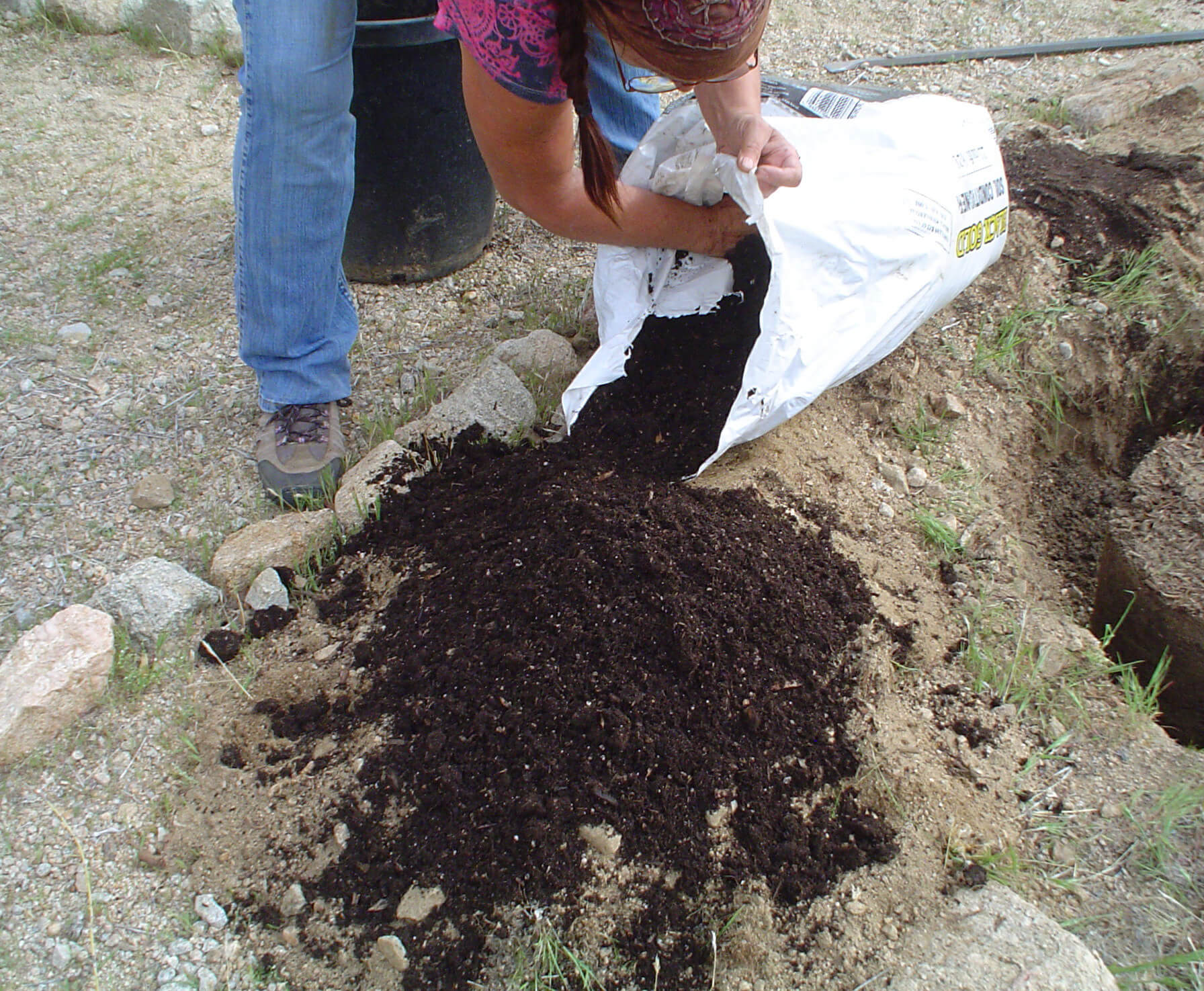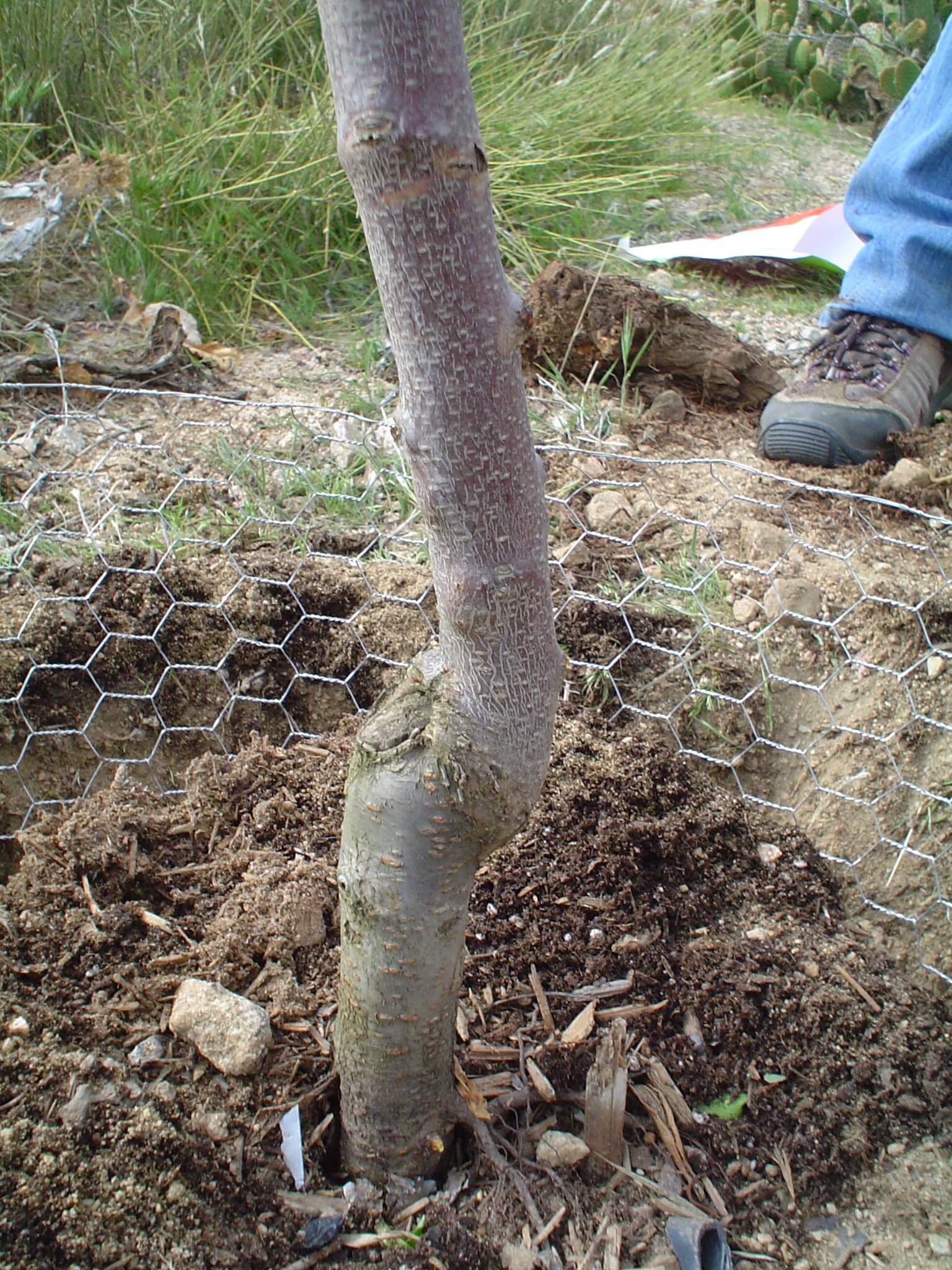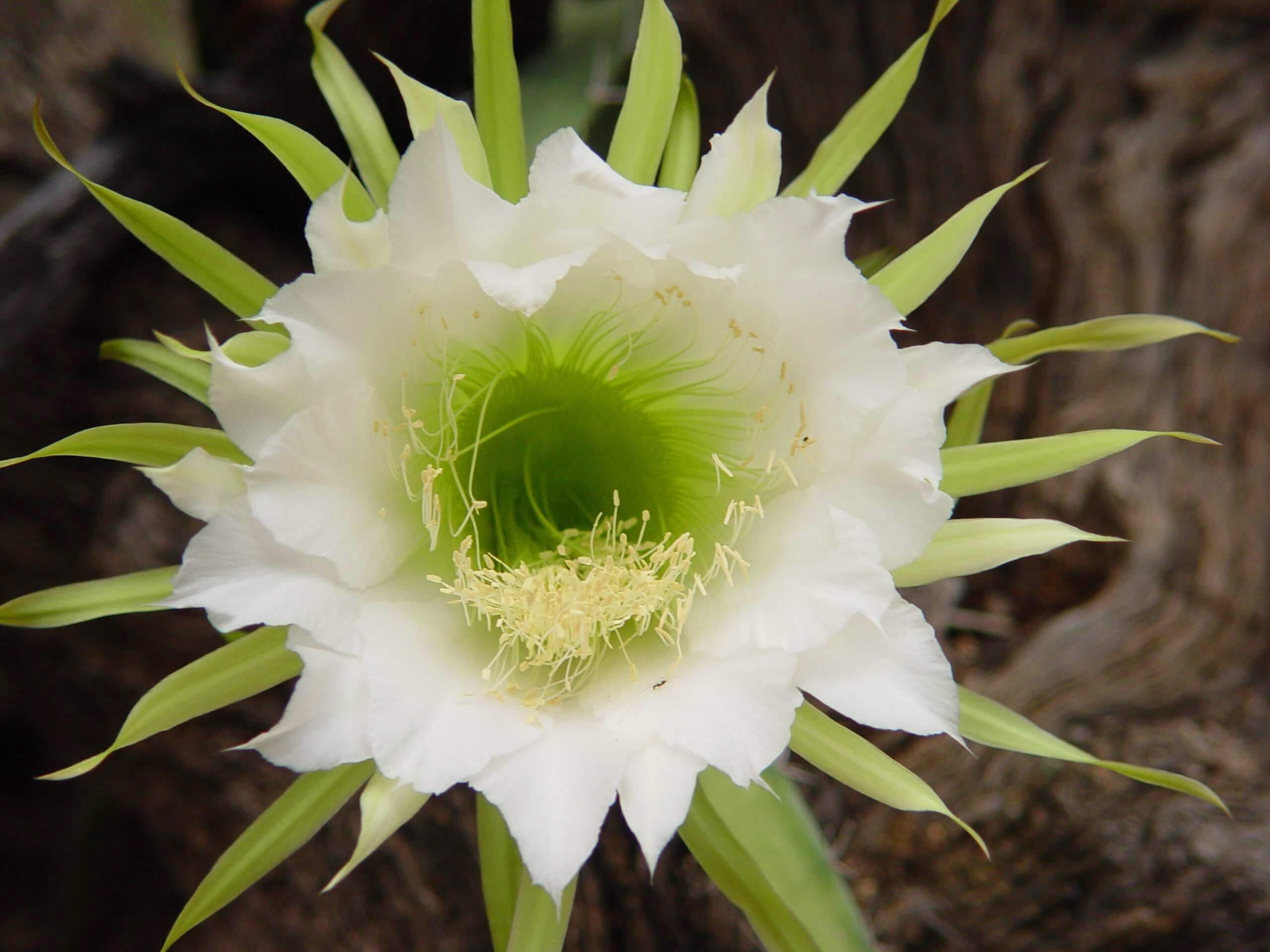
It’s curious that an agave that flowers once at the end of life produces such an enormous bloom stalk. These can range from 5- to 15-feet tall, depending on the species. Many of the flowers are clustered at the very top, which is an adaptation for one particular pollinator, the bat. Because bats use echolocation to guide them, it can be more difficult to navigate their way through brush and thickets. So naturally a plant that seeks these night-flying pollen vectors would raise its flowers above the brush where they are easily accessed by bats. Without bats there would be minimal pollination of these plants, which are the primary source of tequila production.
At sunset 30 million freetail bats emerge from Bracken Cave in Texas to consume 250 tons of insects every night. A single brown bat can catch and eat up to 1000 mosquitoes per hour! Bats are indeed our most effective insect problem solvers so they deserve a place in our gardens.
Bat Pollination

Bats pollinate saguaro (bat pollination is called “chiropterophily”) and other tall cacti that bloom at the very top to facilitate these visitors. Vine cacti use trees to raise their flowers for bats both the in desert and tropics. These enormous snow-white blossoms lure the bats throughout the night when they burrow into the mass of stamens to reach nectaries at the base of the bell-shaped throats. These flying mammals are known to grasp stiff parts of the flower with their claws while they feed, which scientists use as evidence of pollination.
Bat flowers also bear unusually large numbers of pollen-laden stamens because these animals also eat pollen during their visits. Pollen that catches on the hairs of a bat’s body allow them to fertilize a surprisingly large number of plants in a single night. Studies show that one bat can carry about 1.5 million grains of pollen each evening, which translates to around 30 different flower visits.
Western Flowers for Bats
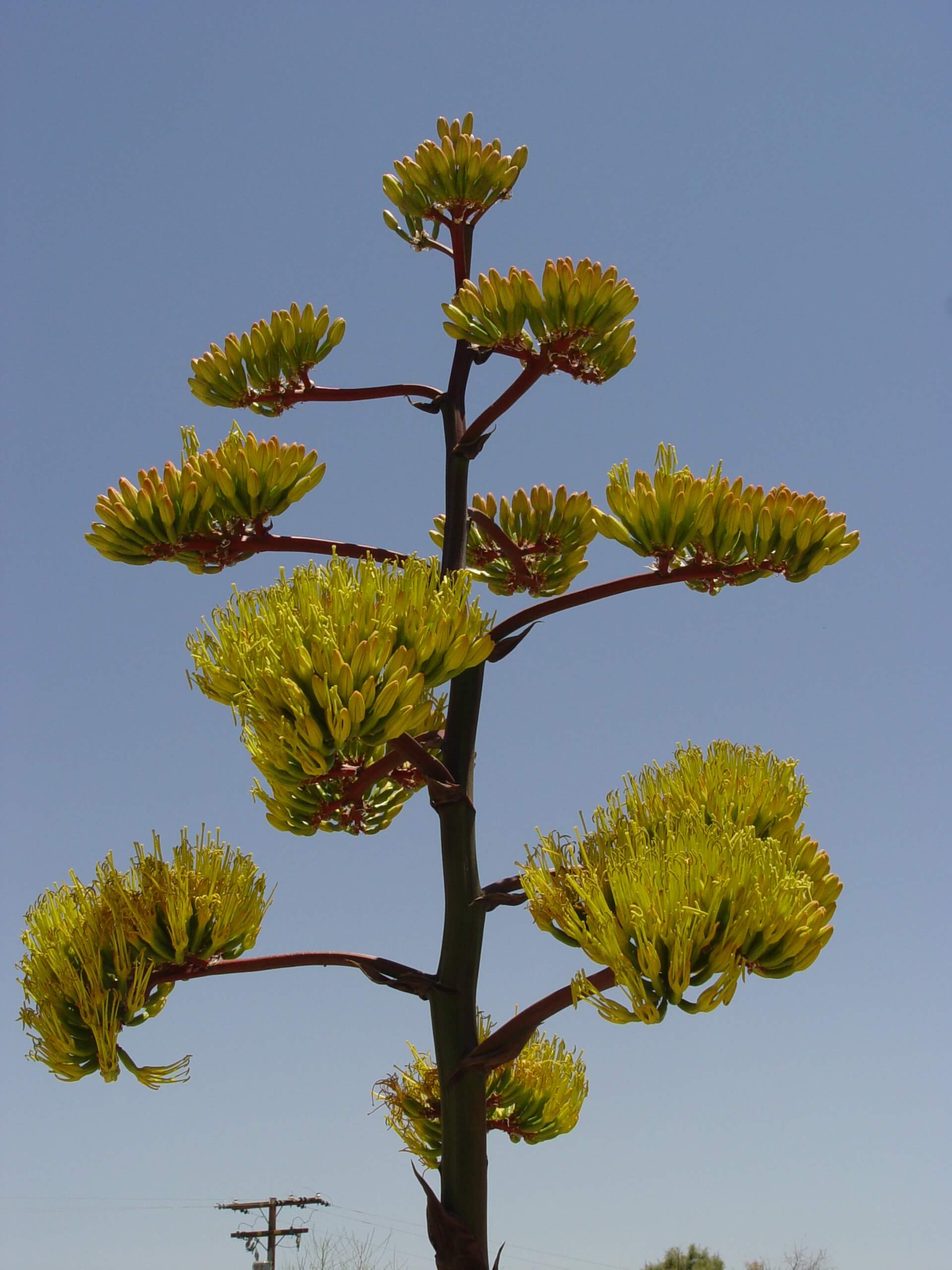
To lure local bats to your yard, where they consume from 600 to 1000 mosquitoes per night, grow their favorite flowers, which are produced by night-blooming cereus (the name for a number of large-flowered, vining ceroid cacti) . One of the best of these vine-like cacti is fondly dubbed Queen of the Night (Hylocereus undatus). The vanilla-scented night-blooming cereus (Selenicereus grandiflorus) is another similar species for bats. Both are vigorous species for frost-free climates, where they are best planted under trees or patio cover (where there’s mild frost) or in greenhouses. Elsewhere you can enjoy them outdoors during the warm season and bring it inside for winter before the first frost. Winter it over on a sun porch or bright south-facing window.
The blooms of Agave are also favored by bats, though most species bloom rarely, sometimes taking as long as 80 years as with century plant (Agave americana). It literally takes an entire lifetime for each single plant rosette to save up enough fuel to flower. When it is time to flower, they send up flower stalks, much like a head of lettuce does in early summer. Some Agaves can produce enormous bloom stalks up to 20 feet tall, with nectar rich flowers raised high for accessibility to bats.
Growing Flowers for Bats
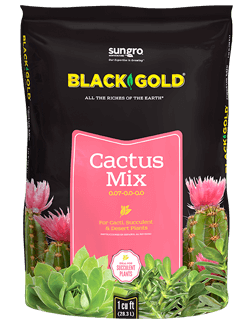 Vine cacti grow as hanging plants, so they’re easy to move around with the seasons. Grow this one in a hanging moss basket that ensures there’s rapid drainage with no chance of over watering. Fill it with Black Gold Cactus Mix potting soil to maintain good drainage throughout the summer, so even if there’s rain, it will still thrive.
Vine cacti grow as hanging plants, so they’re easy to move around with the seasons. Grow this one in a hanging moss basket that ensures there’s rapid drainage with no chance of over watering. Fill it with Black Gold Cactus Mix potting soil to maintain good drainage throughout the summer, so even if there’s rain, it will still thrive.
When planting Agave in pots, choose a container that is wide enough to contain the Agave and have at least 2 inchs or more free space on all sides to allow for new growth, watering space, and surface evaporation. Place a square of mesh over the drain hole to prevent erosion of soil from the bottom of the pot. Then open a fresh bag of Black Gold Cactus Mix, a fast-draining medium containing a blend of perlite/pumice or cinders, earthworm castings and compost. It encourages vigorous growth while ensuring ample aeration and drainage. [Read how to prepare outdoor gardens beds for Agave here.]
As we all discover a new appreciation of living green and supporting the ecology of the earth, don’t relegate bats to the world of draconian folklore. Support them and their pollination efforts by bringing plants and flowers they feed on into your garden.


